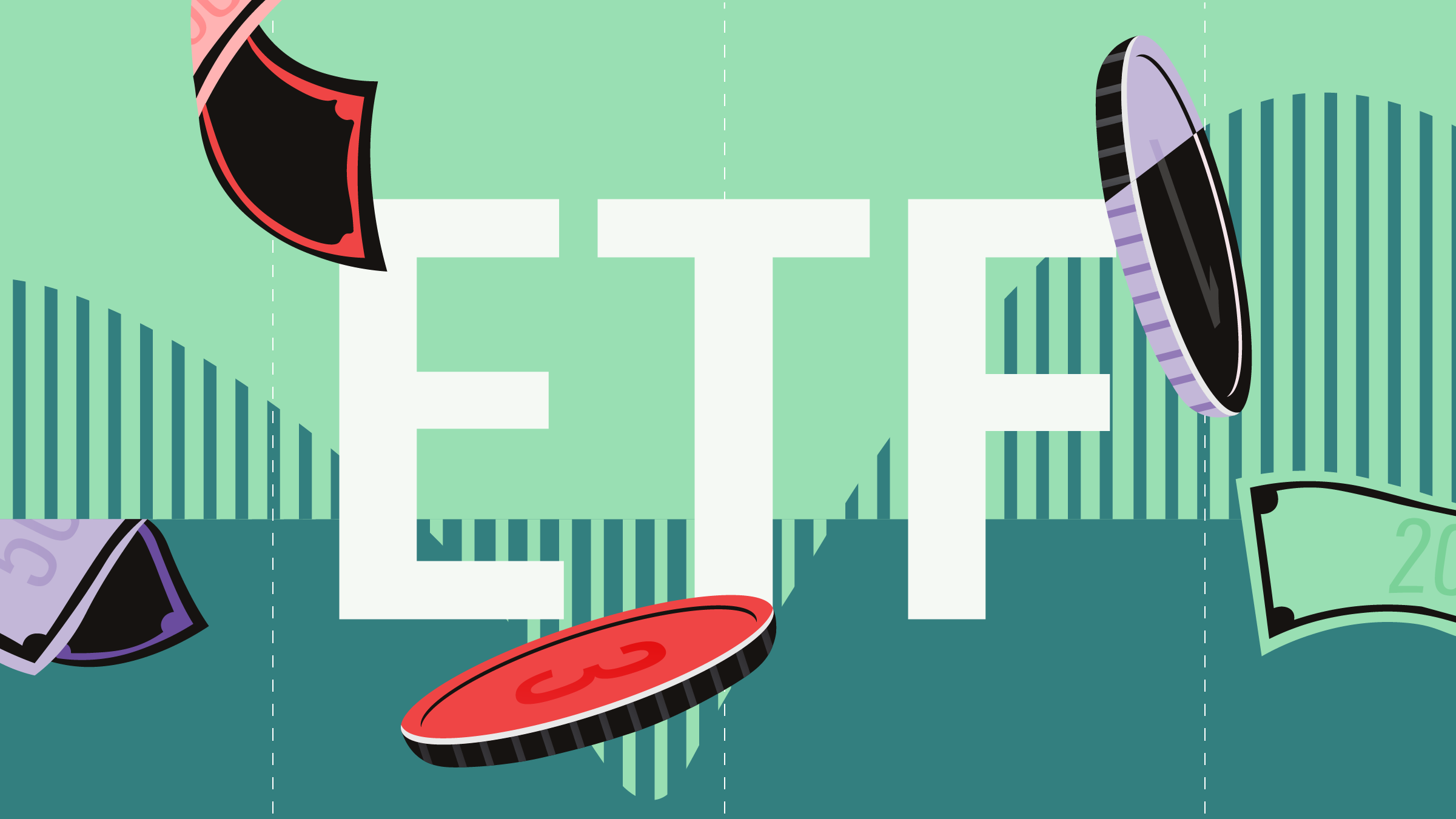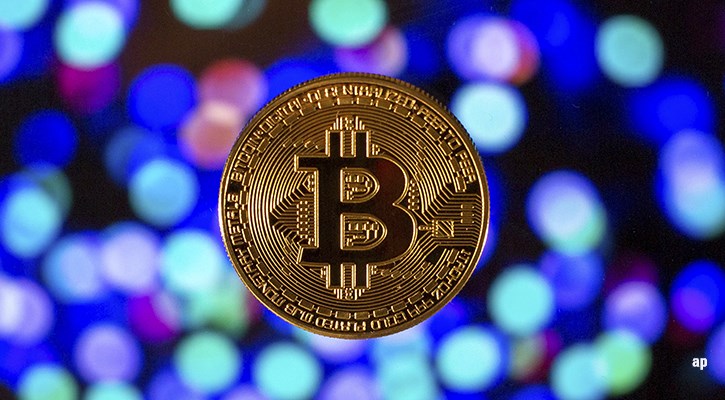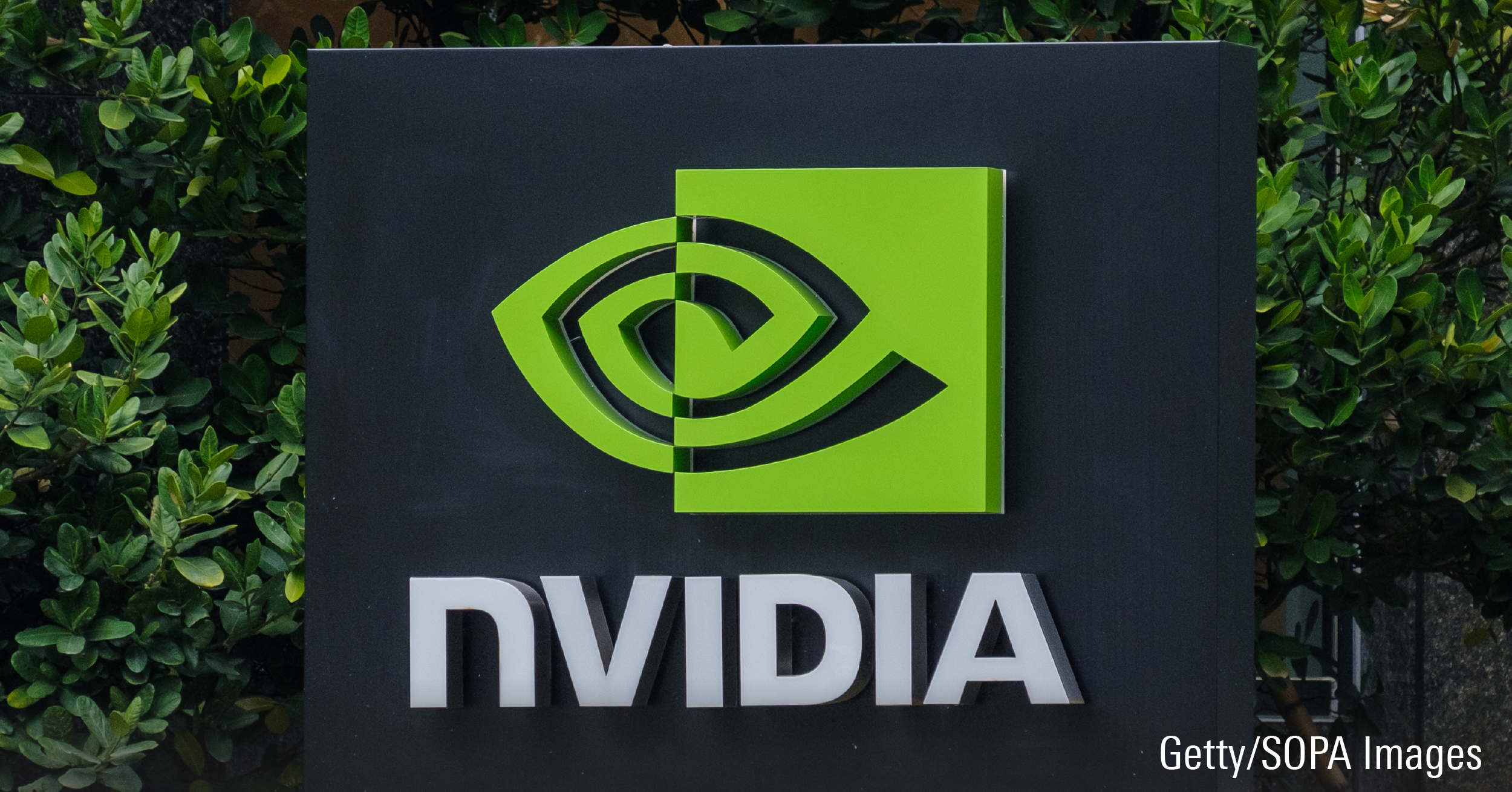Mike Rawson: Is there a good way to invest in natural gas through an ETF?
Hi there, I am Mike Rawson with Morningstar. Joining me today is Abe Bailin, ETF analyst with Morningstar.
Abe, thanks for joining me.
Abe Bailin: Sure, Mike. Thanks for having me.
Rawson: Natural gas prices are at multi-year lows, while oil prices and gasoline prices are still relatively high. Can you explain this divergence that we're seeing in energy prices?
Bailin: For natural gas, what we've seen is an extremely loose supply side circumstance, and that's going to come on the basis of a number of issues. In the U.S., natural gas is a very regionalized market, and in the U.S. we have a quite a bit of natural gas. Well, over the last several years, within recent history, we've turned to a number of technological advancements, both horizontal drilling as well as new fracking techniques, to allow us to really get a hold of this new supply.
Rawson: OK, so this excess supply has caused natural gas prices to stay low even while oil prices have gone up. This might lead value investors to think, hey, natural prices are cheap, now is a good time to get in on the bottom floor with natural gas. They might look to do that through an ETF, but your work on natural gas ETFs suggests that that might not be such a good idea. Why is that?
Bailin: In theory, it's a great idea. Natural gas is at historic lows, but unlike some of the more popular commodity ETF products, like say GLD or IAU, where you can actually physically back your holding with the metal, for natural gas, that's not really feasible. You have to either turn to natural gas-related equity securities, so, we'd think nat gas companies or energy companies, or for more targeted exposure, futures contracts.
Rawson: OK, so these natural gas ETFs don't actually own physical natural gas; they might go and own futures contracts?
Bailin: Yes.
Rawson: Now, what's the problem with these futures contracts?
Bailin: With futures contracts, you're not actually holding the spot commodity, you're contracting to buy or sell that commodity some point down the line. So, understandably, there's going to be a decoupling or divergence between the price of spot, that is to say, the price of the commodity in today's cash market, or the price for delivery of that commodity six months or a year from now. The biggest worry has been this issue of contango--that is to say, the circumstance where the price of futures contracts progressively further from expiration become more expensive.
Rawson: So, to put it simply, contango basically means that you are paying a premium just to hold on to these futures contracts and that premium you pay that month after month as the futures contracts roll forward?
Bailin: Absolutely, and that hasn't been a trivial issue. Actually, what we see today is that the annualized cost of that roll, the annualized cost of--as it stands today--contango, is about 66%, meaning that if you wanted to hold those contracts for the entire year, you'd give up, just on the basis of the premium you are paying, you'd give up about 66% if spot didn't move.
Rawson: OK. So, an ETF like UNG, that's going to get negatively impacted, it's going to get hammered by this contango and these futures contracts rolling forward, is that correct?
Bailin: Sure, and it has. Now, the issue I think is that UNG does exactly what it says it's supposed to. And there are good reasons to invest in UNG. Investors write in with questions all the time: "Why would I want to own UNG, and why wouldn't I want an alternative product or just buy the nat gas companies?"
The answer to that question is that the closer you are toward expiration, the closer you are to the front-end of the futures curve, the more sensitive you're going to be to the movement in that commodity. So if you're speculating over say a week or maybe even a month, and you have a positive thesis for natural gas, well, UNG could do very well for you.
Rawson: Okay, over the short term?
Bailin: The very short term.
Rawson: But again, it's going to get impacted by that contango over the long term. Now, are there other ETFs that might use a different strategy to try to mitigate the impact of that contango?
Bailin: Yes, there are. So, what we find with contango is that over time, that futures contract is going to need to move to the price of spot. So, assuming that the price of spot didn't move, and you were drawing down that contango path, you'd assume that every day you're going to lose a little bit of that premium that you paid. But the fact is, that premium does not degrade in a linear fashion. In fact, it holds up fairly consistently until close to expiration. So, UNG holding only the front month actually takes a larger brunt of that contango relative to other contracts. So, there are number of other products, and actually a sister product to UNG, United States 12 Month Natural Gas UNL, that positions its pool of assets at different points on the futures curve to try to get its average exposure somewhere further away from spot.
Rawson: So, it's holding more than just a front month futures contract?
Bailin: Yes.
Rawson: So, the contango issue is still there but mitigated; it's not going to be as severe?
Bailin: So, on the one hand you're getting away from the largest potential contango-related drawdown; on the other hand because you're further away from spot, you're not going to have quite the sensitivity that you would to movements in natural gas.
Rawson: Now, in your article that you recently wrote for Morningstar.com, you mentioned a trade idea that is a little bit more speculative, not something maybe you or I would do, but maybe a speculator or small hedge fund might employ this kind of a strategy. What was the strategy again?
Bailin: Really, what we're looking at is taking a short position on the front end of the futures curve and a long position somewhere further out. Now, if you're a sophisticated investor, looking to, say, just profit from this contango, right, you're going to be asking yourself, "Why do I have to take losses in these products because of contango? Can I short these?" Well, absolutely you can. The problem with just shorting UNG outright is that when you take a short position for a number of months assuming that the supply side issues keep natural gas prices depressed, you're going to be able to pick up that contango month after month as the fund rolls its position. The problem is that because you're so close to the front-end of the curve and because we're at historic lows...
Rawson: If natural gas prices rally, you are exposed to that, so taking ...
Bailin: Absolutely.
Rawson: ... a naked short might not be a good idea but pairing it perhaps with UNL?
Bailin: Pairing it with UNL is going to allow you to capture a larger part of that contango-related drawdown as profit, because the front month sees a larger percentage of that negative implied roll yield. But then on the back-end, that long position is also going to allow you to protect yourself from, say, the price of natural gas going through the roof.
Rawson: So, essentially, the idea is to go short UNG and long UNL to hedge out the exposure to the natural gas price, and you'd only enter that kind of position--first of all, again, it's speculative--but you'd only enter that position when the contango is very steep, is that correct?
Bailin: Absolutely. So, it's very steep, it's been very persistent, and really what you need to do before you get into this type of spread position is you need to ask yourself, do the fundamentals of the underlying commodity make the case for this type of futures curve circumstance holding up into the future, and given the abundant supply that we have today, that maybe the case.
Rawson: Abe, thanks for those ideas.
Bailin: Sure.
Rawson: I'm Mike Rawson with Morningstar. For more ideas on ETFs, check out etf.morningstar.com.

















